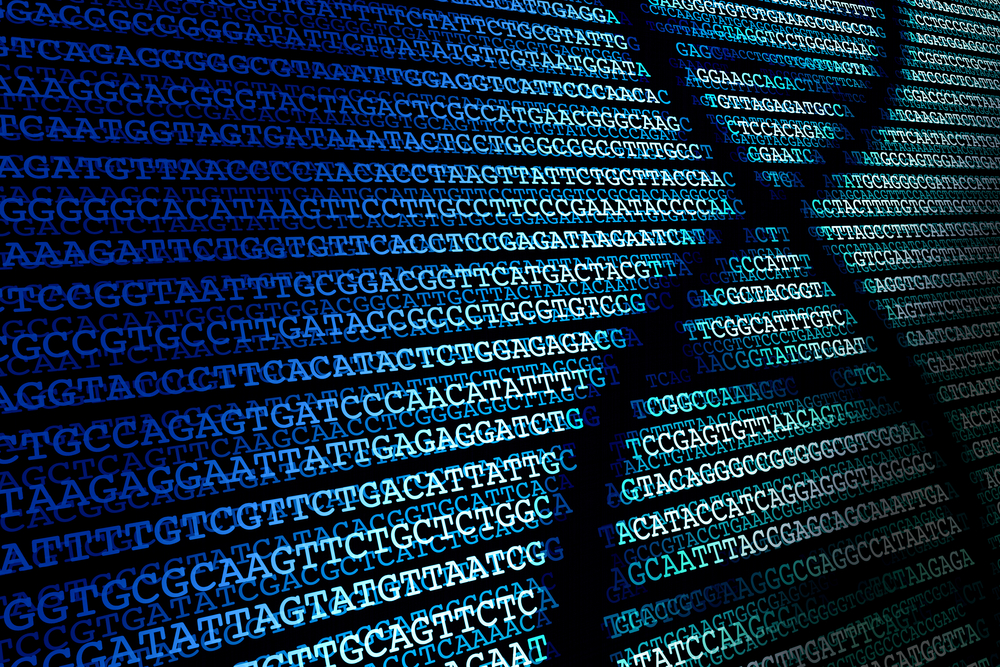Persistent Detective Work Leads to Discovery of Mutation Linked to Lupus Risk
Written by |

Years of persistent detective work allowed researchers to discover a gene mutation that increases the risk of systemic lupus erythematosus and other autoimmune diseases
Interestingly, the gene is also associated with lower production of reactive oxygen species. These chemicals, which contain oxygen, play roles in cell signaling and homeostasis, or regulation of body functions. The link between the gene and the reactive oxygen species suggests that the reactive molecules are needed to keep autoimmunity at bay.
The research team at the Medical University of South Carolina (MUSC) also found that people with several copies of the gene, called NCF1, are protected against autoimmune disease.
The study, “A missense variant in NCF1 is associated with susceptibility to multiple autoimmune diseases,” was published in the journal Nature Genetics.
The hunt for the risk gene started years ago, when the team discovered a genetic marker linked to lupus in Chinese people. The same genetic variant gave only a weak signal in European-Americans and was absent in African-Americans.
“A true risk gene should be the same in all populations,” Betty Pei-tie Tsao, PhD, Richard M. Silver Endowed Chair for Inflammation Research at MUSC, said in a press release. “And for such a strong signal, we wondered, ‘Why hasn’t anyone else seen it?’ We wanted to find out if what we were seeing was true and explain it,” added Tsao, the senior author of the study.
When searching for risk genes using high-throughput technology, which allows searches for many items at once, researchers often rely on mutations in DNA sequences known as pronounced snips, or SNPs. Since nearby stretches of a gene are inherited together, an SNP’s association with a disease does not necessarily mean it contributes to a disease. If it doesn’t, however, it’s likely the true villain is nearby.
Since humans have millions of SNPs in their DNA, it is impossible for researchers to check all of them for disease-related variations. Luckily, large databases with all known point mutations can help.
In one such database, 1000 Genomes, researchers found two mutations that were not in the original group of SNPs they combed through. The two showed a stronger association with lupus in Chinese than in other groups, just as in researchers’ original finding. One of the two was more strongly linked to lupus than any other SNP.
The research team noted that the genetic variant was close to a gene that scientists believe may play a role in lupus. The NCF1 gene codes for part of NOX2, an enzyme involved in producing reactive oxygen species.
Earlier studies have shown that when NOX2 is not working, mice with lupus get worse. A gene coding for another part of the enzyme has also been linked to lupus. The research team figured that the SNP they had identified might point to the presence of other NCF1 gene variants that contribute to disease processes.
If these variants were not in the database, the only way to learn whether they played a role in lupus was to sequence the gene, however. Usually, sequencing the region of interest can reveal which SNPs are present in a stretch of DNA, but in this case, modern sequencing techniques could not be used.
“This is a very complex genomic region,” Tsao said. “The NCF1 gene has two nearly identical twins NCF1B and NCF1C that are 98% the same. But they are nonfunctional pseudogenes. This makes working in this region of the human genome very difficult. That’s why the next generation sequencing method that the 1000 Genomes Project has been doing doesn’t pertain to this region.”
Since modern sequencing cannot be applied to complex DNA regions, the team used a traditional approach.
“You can’t easily sequence this region using the next generation techniques,” Tsao said. “So, we had to do it the old-fashioned way, which was very time-consuming and labor-intensive.”
But the work paid off. After numerous experiments, the team realized that four of the 67 SNPs they found in the gene were linked to gene variants in the 1000 Genomes database that could be associated with lupus risk. Further testing allowed them to eliminate three, leaving them with one SNP linked to lupus risk across all populations.
The mutation, which can trigger change in an amino acid, also increases the risk of rheumatoid arthritis and Sjögren’s syndrome, further confirming NCF1 as a risk gene.
How the mutation contributes to the disease is unclear, but the team noted that lower production of reactive oxygen species are linked to it. Another key finding was that only one copy of the gene was linked to increased risk, while several copies were associated with protection against lupus. This discovery suggested that reactive oxygen species protect against the disease.
“We need a more efficient platform to screen complex genome regions for variants. For a lot of diseases we’ve identified some, but not all, of the variants. There may be more variants hiding in these complex regions,” Tsao concluded. “You have to sort it out like a puzzle. Autoimmune diseases share certain risk factors but also have unique genetic variants that drive the molecular pathogenesis of the disease. Each time you find a variant, you get more puzzle pieces and you can start to understand more about that disease and other autoimmune diseases as well.”




